Cultivation of silver sucker, features of reproduction, planting and care
A fresh idea in gardening is to plant a silvery sucker. Caring for the culture is hassle-free, and interesting compositions with spectacular shrubs will bring revival to any corner of the site. The constantly changing pattern of silvery leaves of the bush is especially beautiful in windy weather. Small oval berries of silver color give decorative effect to the plant in the second half of summer. Loch looks somewhat similar in leaves and fruits to cultivated olive trees. Hence the official name of the Lokhovy family, which includes 50 plant species, Elaeagnaceae.
Common types
Various types of plants with silvery leaves are gaining great popularity. They differ in height, color of bark and leaves, as well as slight differences in properties.
Goof silver
A scenic tree native to North America, most common in landscape gardening, not only for its charming shade of leaves and berries, but also for its resilience:
- easily tolerates severe frosts (up to -40 degrees);
- in comparison with narrow-leaved oak, it is less drought-resistant;
- adapts to the conditions of air pollution in the city, it can be planted even along busy roads.
A young tree grows slowly: only 15 cm per year. But the plant is durable, lives for about 80 years.
Silver goose is a wonderful decoration of the landscape during flowering. The plant attracts bees and is an excellent honey plant. The honey from the flowers of the silvery sucker is useful for the vessels of the brain.
The plant is characterized by a dense branchy crown, especially elegant when flowering. Its diameter can reach 5 m. Trees often grow in several trunks, taking the form of shrubs. They rise to a height of 4-5 meters.
The branches of this species are without thorns, thin, gracefully curved and intertwined. Young shoots are decorative in the cold season, pleasing to the eye with their reddish bark. On old branches, the bark is gray-brown.
Narrow, leathery leaves of an elongated ovoid shape, with a silvery coloration above and below. There are small brown scales on the underside of the leaf blade. Leaves up to 10 cm in length, on short petioles, alternately arranged. They keep their original metallic hue until November.
The fragrant flowers are small, yellow on the inside and silvery on the outside. They are located in the deciduous sinuses. Bloom for almost three weeks in June-July. The plant is self-pollinated. The fruits are round, small, with silvery scales on the surface. The drupe is very thin, mealy, sweet, but unpleasant in taste.
Loch narrow-leaved
This shrub tree grows wild in southern Russia and can grow up to 10 m in height. No less picturesque than the silver goose. The trunk and branches are curved, with long, up to 3 cm, spines. The shoots are pubescent, covered with silvery hairs. The leaves are elongated, up to 8 cm, lanceolate, with a sharp tip. Above, the leaf blade is matte, gray-green, and below - with a silvery sheen. The flowers are also arranged in the leaf axils, yellow on top, very fragrant.
The narrow-leaved sucker blooms for two weeks. Oval drupes are covered with a thin layer of tart, mealy, sweetish pulp.
The tree also has positive characteristics for use in plantings:
- not as winter-hardy as silvery elk, but quickly recovers after freezing;
- tolerates drought well, but withstands urban conditions of smoky air worse;
- the narrow-leaved sucker develops rapidly.
Planting a sucker on the site helps to improve the composition of the soil. On its roots there are nodules with bacteria that fix nitrogen. The mineral gradually accumulates and enriches the soil.
Application in design
Due to the decorativeness of the leaves, silver goose can be used as a revitalizing element for many compositions. Plants are planted alone and in groups.
- Create expressive hedges by carefully trimming shrubs and controlling root growth.
- Landings visually expand the space thanks to the openwork crowns.
- The shrub enlivens the cool and austere wall of coniferous stands. Looks especially interesting with blue spruce.
- It is harmoniously combined with deciduous shrubs and trees, which have leaves with purple and golden hues.
- Silver goose is a wonderful backdrop for flower beds where purple, blue, pink or white flowers are planted.
- The Mediterranean style is recreated in our latitudes, using the resemblance of the narrow-leaved oak tree to olive trees.
- In late autumn and winter, the decorativeness of the shrub is supported by the original silvery fruits and a distinct graphic pattern of the branches.
Growing
There are several methods for breeding the silver sucker. Trees are grown by planting root shoots, rooting cuttings and layering, sowing seeds.
- The shoots are transplanted in spring and autumn, even in rainy summer. In this case, the roots must be kept in a humid environment during transportation, protecting them from drying out.
- Seed propagation is also considered a convenient and guaranteed way to get young seedlings.
- Not all cuttings take root or subsequently take root.
- To obtain layering, the lower branch is bent in the spring and one of the middle parts of its top is sprinkled with earth. Part of the branch, covered with earth, takes root with regular watering. The developing apical shoot will become a seedling. The shoot can be dug out in the same fall, but it is better to leave it for spring planting.
How to propagate by seed?
Drupes are removed from fresh fruits and sown before winter in a selected area. When sowing in spring, seeds need to be stratified for at least 4 months.
- The grooves are deepened by 3-4 cm.
- The garden bed is mulched with a thick layer so that the seeds do not freeze.
- The seedlings that have risen to 20 cm are ready for transplantation.
Seat selection
Landscape designers are attracted by the unpretentiousness of the silvery sucker, its frost resistance, the ability to survive drought quite well. The narrow-leaved oak is a fast-growing shrub that can be formed, and is just as decorative.
Both types should be planted in a sunny location. Trees are undemanding to the type of soil, but develop better on loam and sandy loam. The high acidity of the soil has a depressing effect on plants. Trees prefer small hills, southern slopes. They are often planted to strengthen road slopes.
For a silvery sucker, the area should be well loosened and moistened, because it has a fibrous, shallow root system.
The roots of the narrow-leaved sucker are well developed and penetrate deep into the ground. When trimmed low, the tree produces dense shoots suitable for hedges. It is necessary to dig restrictors into the ground to spread the roots.
How to plant a tree correctly?
The soil with an acidic reaction is limed before planting the silvery sucker by adding dolomite flour (up to 700 g per 1 sq. M) or 300-500 g of lime.
- Spacious holes are prepared: 1.0 x 1.0 m, 0.5 m deep.
- Drainage is laid at the bottom.
- The top layer of the removed soil is mixed with humus, compost and fertilizers: 1 tablespoon of nitrogen agent, a glass of double superphosphate, 2 glasses of wood ash.
- 2-3 m recede between the holes.
- The root collar is buried a few centimeters.
- The landing site is mulched.
Care rules
Having put nitrogen fertilizers in the hole, the silvery goose is then not fed with them, because its roots contribute to the release of nitrogen into the soil.The plant is immune to diseases and pests.
The care includes watering if there is no rain for a long time. Then the trunk circle is mulched.
For better development, the plant is annually fed with humus, wood ash and double superphosphate.
Loch silvery plastic, it can be formed by choice: with a stem or a bush.
- Weak and damaged branches are removed in spring and autumn.
- The overgrown shoots are shortened, giving the desired shape.
- The hedges are tidied up in late spring and fall.
- Fifteen year old trees are rejuvenated pruning by removing the oldest skeletal branches.
- Proper care involves controlling the growth of root suckers, which can turn the planting of exquisite trees into wild thickets.
When planting a sucker for a hedge, the plants are placed in a checkerboard pattern. 40-60 cm recede between the planting trenches.
Preparing for winter
After pruning, the shrub is covered with branches from other trees and bushes, and later snow is thrown onto the stem. Young saplings are insulated with spruce branches. In cold regions, the trunks of the silver sucker are covered annually.
Caring for a colorful plant is simple, as is its reproduction. And the site after planting the silvery sucker will acquire an intriguing stylish look.

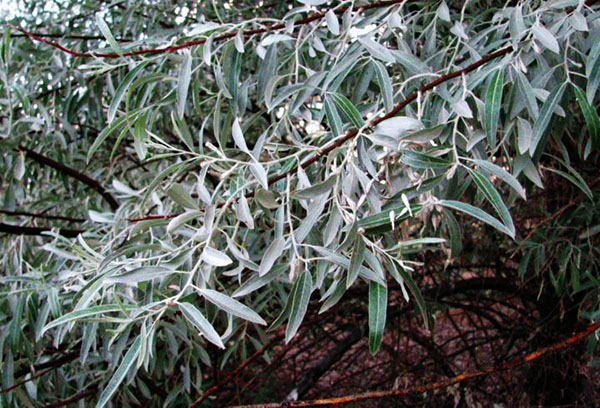
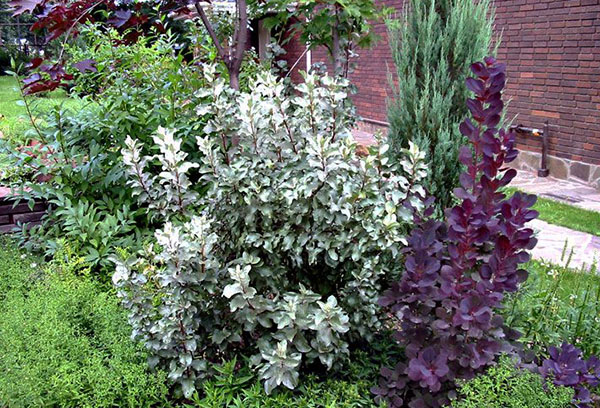
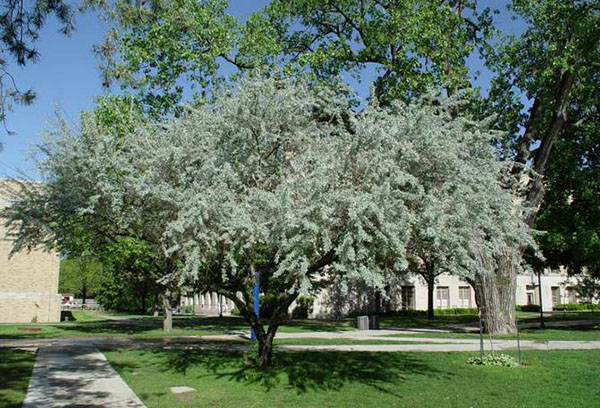
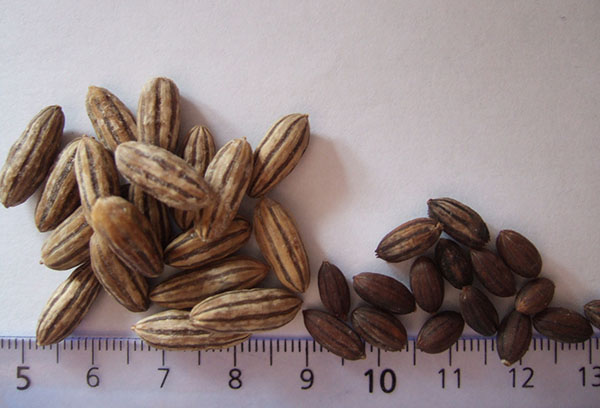
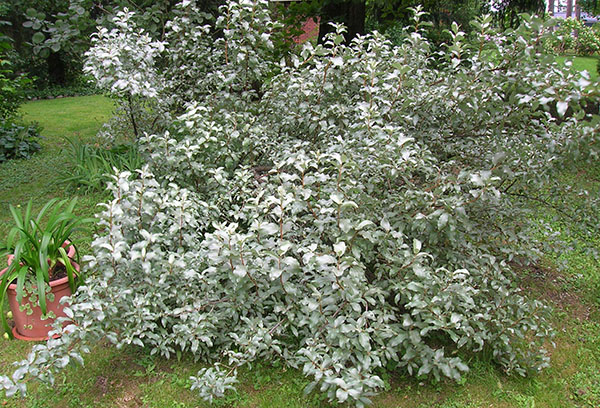
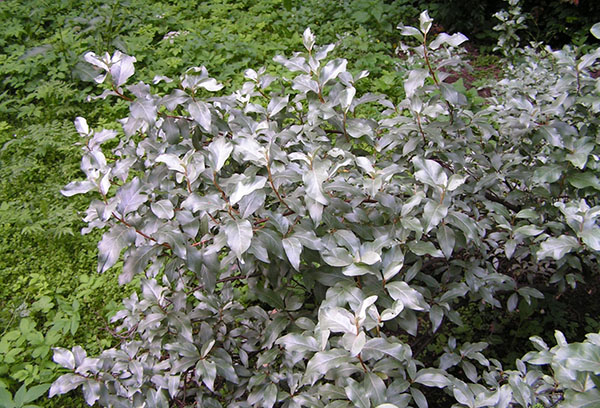
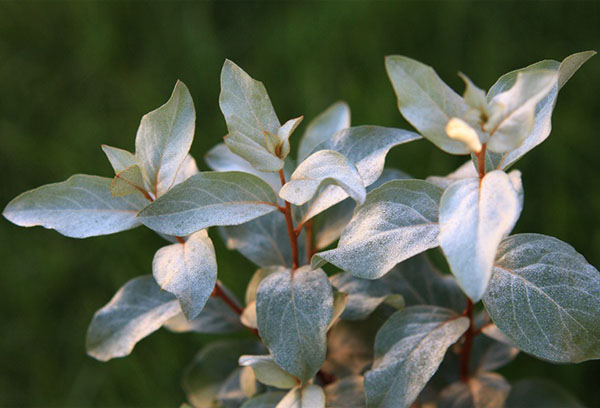
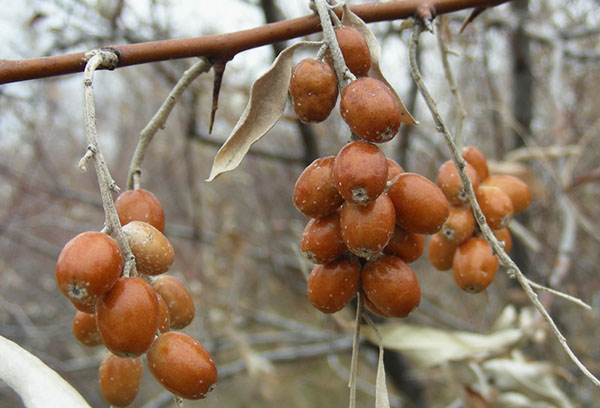
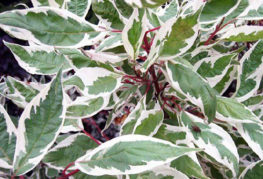
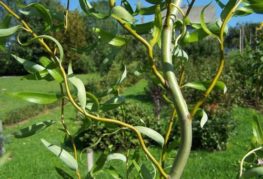
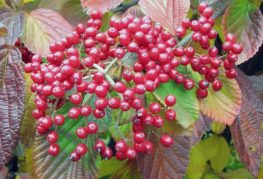
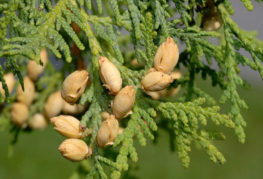
and will be published shortly.